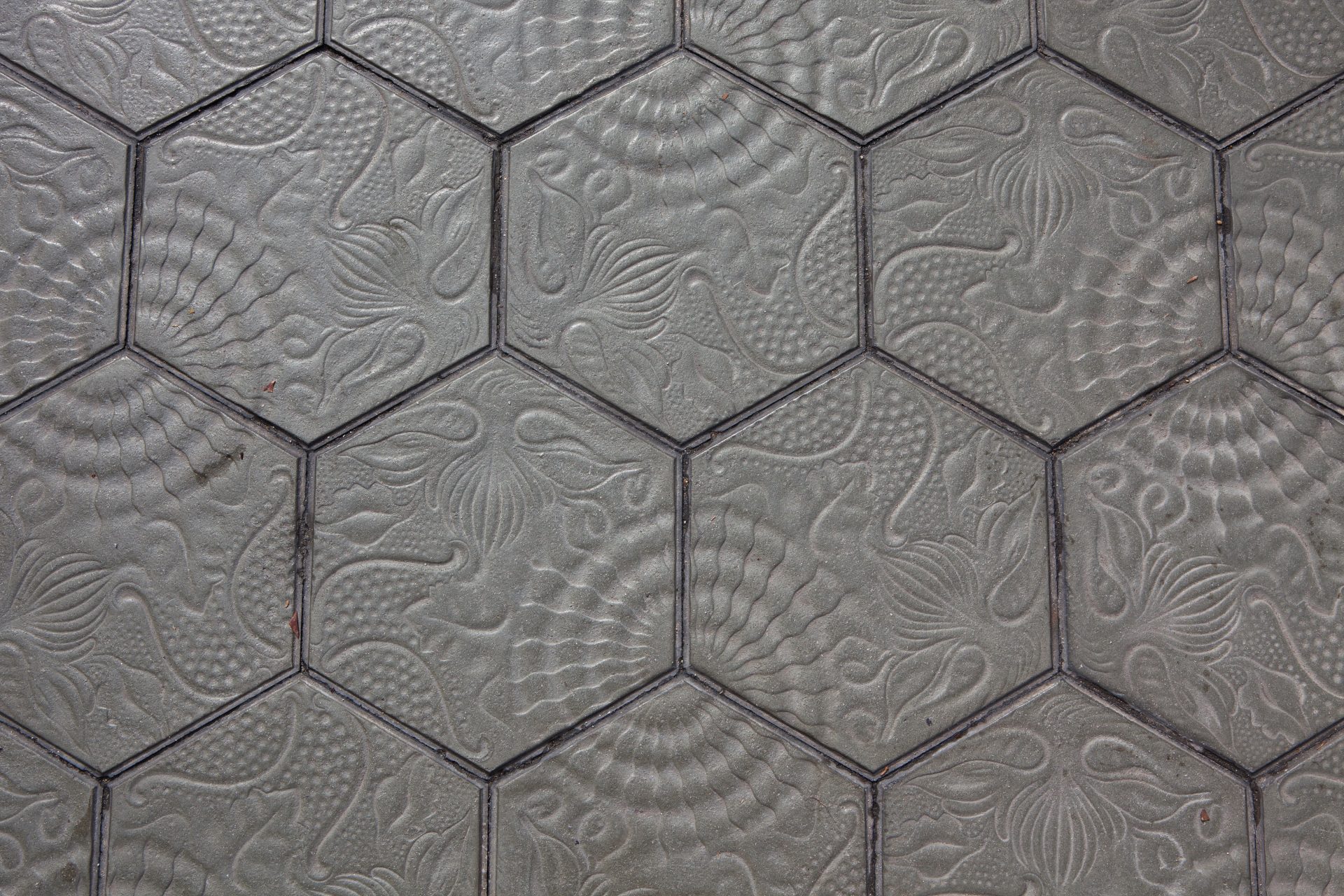Symbols of the Passeig: the Gaudí tile

Every time we walk along Passeig de Gràcia, in addition to enjoying one of the best streets in Barcelona with its great hotel and shopping offer, we walk on an authentic piece of museum and jewel of Catalan modernism: the Gaudí tile.
This hexagonal tile was designed by Antoni Gaudí in 1904 to pave the floors of the Casa Batlló but due to a problem of production delays was not carried out and it was decided to pave the service floors of Casa Milà (La Pedrera). It is considered the first product made of industrial design and is exhibited at MoMA in New York.

The main feature is its hexagonal shape that breaks with the classic square tiles made up to the time and its monochromatic color, which Gaudí designed to give relief to the ornamentations that form it.
All the tiles of Gaudí follow the same pattern: one third of starfish, one third of ammonites and one third of algae, in a clear symbolism by the structures of nature, key to understand the artistic style of the Catalan architect.
It takes 7 tiles to be able to perfectly observe the 3 components that form the artistic set, where light draws with its clearings and shadows the sinuosity that Gaudí claims.

Since its beginnings in 1906, the company Escofet has always been in charge of making the Gaudi tiles and in 1997, from a redesign starting from Escofet’s original mold, the more than 60 thousand square meters that form the sidewalks of Passeig de Gràcia .
If walking on the Passeig is already a luxury, being able to do it on one of the most important works of the great Catalan architect is to feel pro
